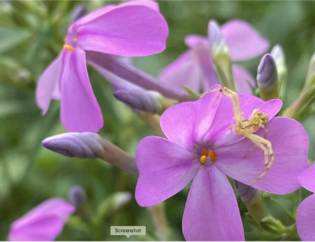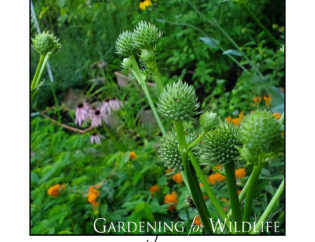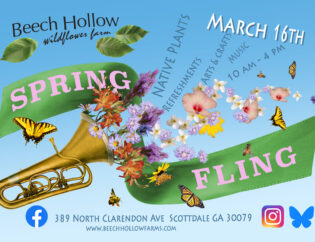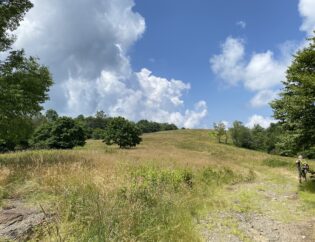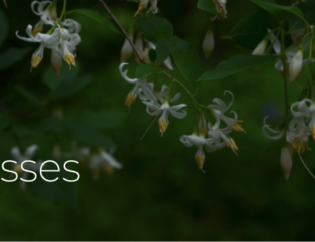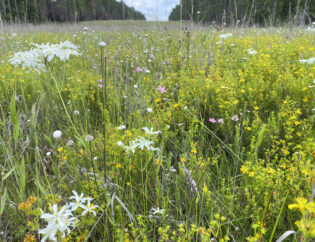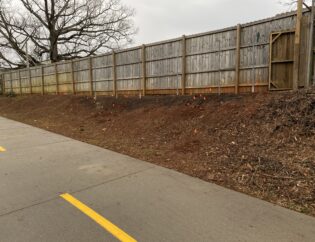This fall we are re-posting some of our earlier blog posts on native fruits and shrubs.
Have you ever seen a Zebra Swallowtail? If you have, you weren’t just lucky, there was a Paw Paw involved, and it was somewhere nearby. This beautiful butterfly exclusively lays its eggs on Paw Paw species. “Larval host species” is the official phrase that describes the special relationship between a butterfly it’s host plant(s).
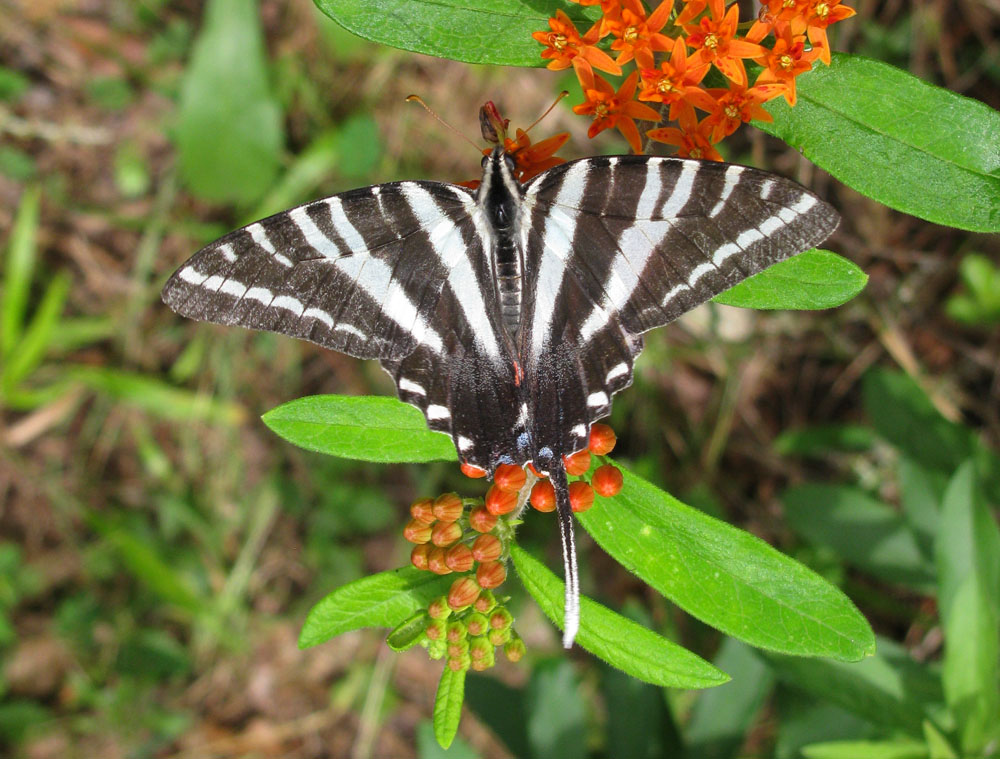
When Mike, Jeff, and I first started hiking the forests at Beech Hollow, we would catch occasional glimpses of the Zebra Swallowtail. That’s because there are Paw Paws in our woods. There are Dwarf and Common Paw Paws in undisturbed woodlands throughout Atlanta, in Decatur, Stone Mountain Park, Mount Arabia, Panola Mountain, and Athens. The Common Paw Paw is scattered throughout North Georgia and the Georgia Piedmont. The Dwarf Paw Paw has a more southerly range, hugging the Coastal Plains and with scattered distribution in the Piedmont. Look for mesic ravines in mature, undisturbed forests, and you may find one of two species of Paw Paw.

Now that we have planted Paw Paws on the valley ridge near the nursery, we see more of these butterflies, in our flower beds and nursery, sipping nectar.
The Common Paw Paw is the northernmost species of this mostly tropical family; in Georgia it occurs roughly from the Piedmont northward into the North Eastern United States and Nova Scotia.
Often a small tree that can reach 40 feet in height, this species of Paw Paw can also occur as a large multi-trunked shrub. Maroon flowers, one inch across, with six leathery petals, appear in late spring, nestled under long, dark green, shield shaped leaves. The lumpy yellow-green fruit ripens in late summer or early fall, and is called either the Custard Apple or Paw Paw.
At about four to six inches long by two to three inches wide, this is the largest native fruit in North America. Paw Paws tend to be rhizomatous, but they spread slowly. If left to their own devices, one Paw Paw can make a small patch, but it will take two individual plants of the same species to make fruit.
The Dwarf or Small Flower Paw Paw is shorter than the Common Pawpaw, topping out at 6-8 feet in height. It’s fruit is generally two and a half to three inches in length, smaller than the Common Paw Paw, but just as edible.
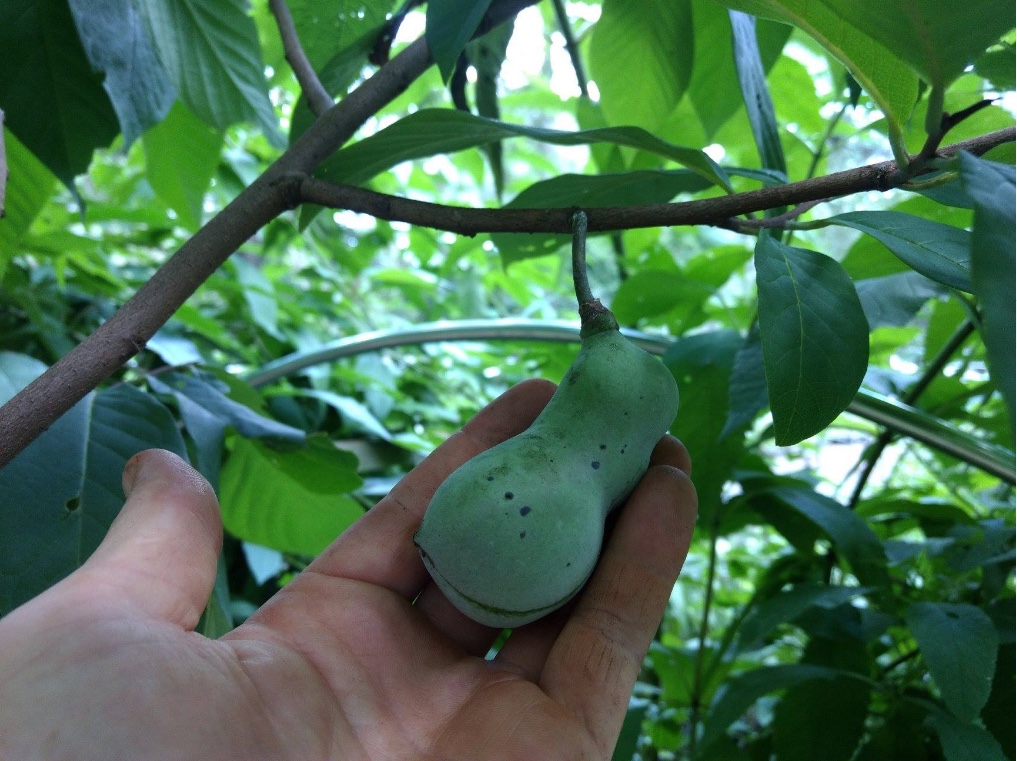
One of the delightful things about the Paw Paw species in our area is that they make fruit in the shade. They want shade. You can have a shady back yard, and fruit, as long as you wake up before the birds and the squirrels. Paw Paws make great understory shrubs and an excellent habitat species, providing both cover and food for birds and other wildlife. Plus, your garden can be graced by that glorious beauty, the Zebra Swallowtail. What more can you ask for?
